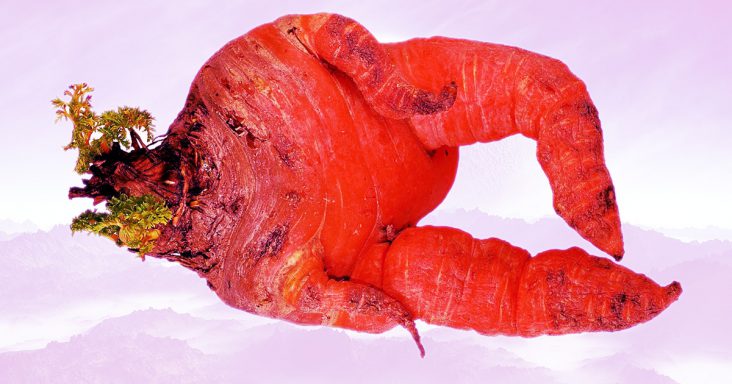

NGSS.3-5-ETS1, NGSS.MS-ETS1
Bags, plastic wrap, fruit, boxes
Fruits naturally produce the gas ethylene that causes fruit to ripen. Climacteric fruits continue to ripen after they are picked, and non-climacteric fruits will slowly start to rot after they are separated from their host plant. Grocery stores will buy climacteric fruit and store it in a temperature-controlled warehouse until they are ready to send the product to stores. Then they’ll release ethylene gas into the room, and the fruit will start to ripen again. These practices allow consumers to have ripe produce and reduce potential food waste.
Share the background information with the students, then share the puzzle to be solved. Determine constraints (e.g., time alotted, space, materials provided, etc.) and divide students into small groups.
Ask a series of questions to help students brainstorm solutions to the puzzle. Encourage students to list all ideas – don’t hold back! Before moving on, make sure each group selects a solution that fits within the contraints.
Students diagram the prototype, identify the materials needed to build the prototype, and write out the steps to take. Students describe the expected outcomes.
Students follow their design plan and build their prototypes. Monitor their progress and remind them about how much time they have.
Students evaluate their creation and compare it with the expected outcomes. Students seek areas of improvement and make changes where needed.
Students share their solution to the puzzle and communicate lessons learned.
Have students take their prototype home to test!